Valais rye bread – a centuries-old delicacy that is still worth protecting today
It is said that the first two inhabitants of Valais were the wind and envy. However, rye must have taken root in Valais shortly afterwards as the third member of the family. After all, the first written evidence of the importance of rye cultivation in Valais dates back to 1209. Like rice in many Asian countries, Valais rye bread was the main staple food in Valais villages at the time. There are various reasons why rye prevailed as a cereal in Valais. On the one hand, rye is the only cereal that can withstand even the harshest climatic conditions, such as long cold winters with lots of snow, drought and heat. In addition, the grain grows comparatively well at high altitudes, of which Valais is known to have plenty. And on the other hand, the communal ovens in the villages used to be fired up at most two to three times a year for baking. With such low baking frequencies, it is not difficult to guess how good and long-lasting the Valais rye bread produced had to be.
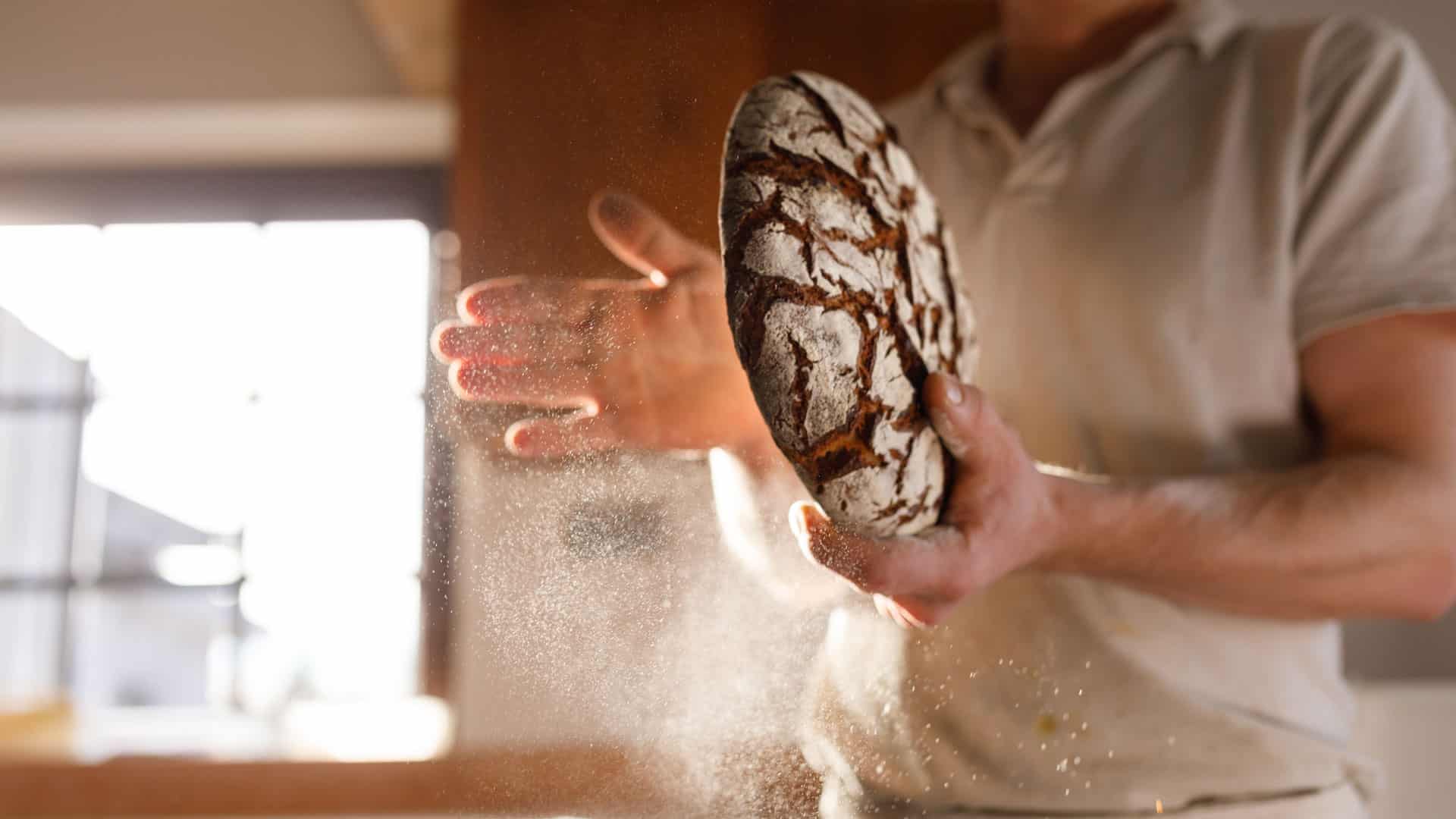
The long shelf life of Valais rye bread is due to the fact that it is made from a mixture of wholemeal rye flour and a long fermented sourdough (at least 9h30min resting time). If you want to enjoy it fresh, you should eat it within a week. But even after three months, although relatively hard, it is still edible. Here, too, you can use the tricks of the ancestors and soak the bread in milk, coffee or soup to enjoy Valais rye bread.
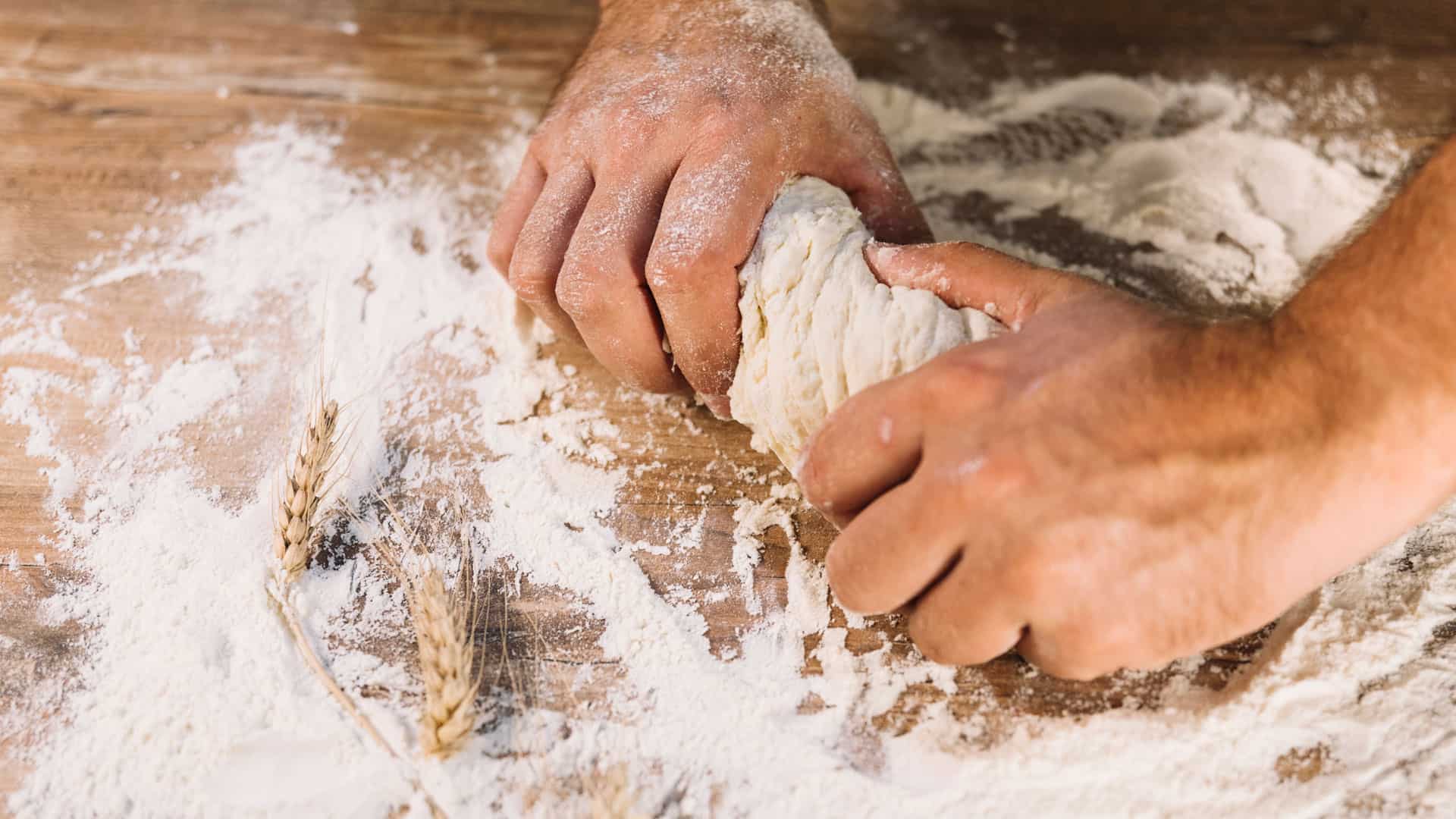
Today, Valais rye bread is the only bread in Switzerland with an AOP protected designation of origin. AOP stands for Appellation d’origine protégée and means protected designation of origin. This clearly defines the rules of the game as to what is allowed in the bread and where it must have been produced. As with the beer purity law, the list of ingredients doesn’t take long. Rye and wheat flour, of which at least 90% must be rye flour, yeast, salt and water, and the recipe is ready. Due to the designation of origin, it goes without saying that not only must all the ingredients come from Valais, but the grain must also have been ground exclusively by Valais mills. Not just any flour can be used. The requirements for the production process stipulate that the grain for Valais rye bread must be grown and processed on the basis of an ecological performance certificate and in accordance with extenso or organic standards.
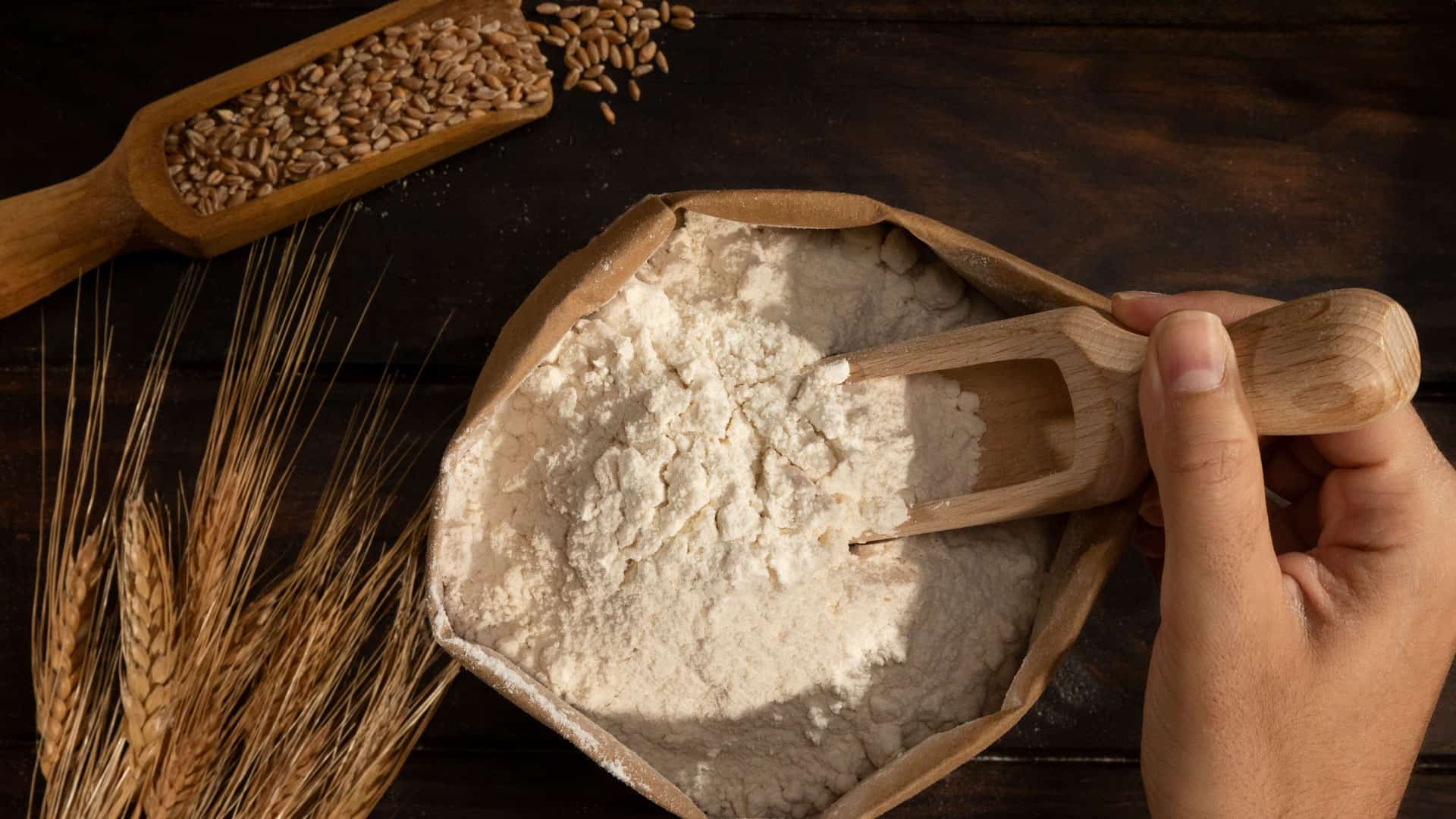
Valais rye bread is a rustic bread with a very strong flavor. It owes its typical cracked appearance and slightly sour aroma to the sourdough. Moreover, it is precisely this sourdough that makes the bread so long-lasting and enjoyable. It is a rustic bread with a very strong flavor, which is also extremely healthy. The wholemeal flour is made from the whole grain, i.e. the outer layers and the germ of the grain are also processed, which preserves the vitamins and fiber.
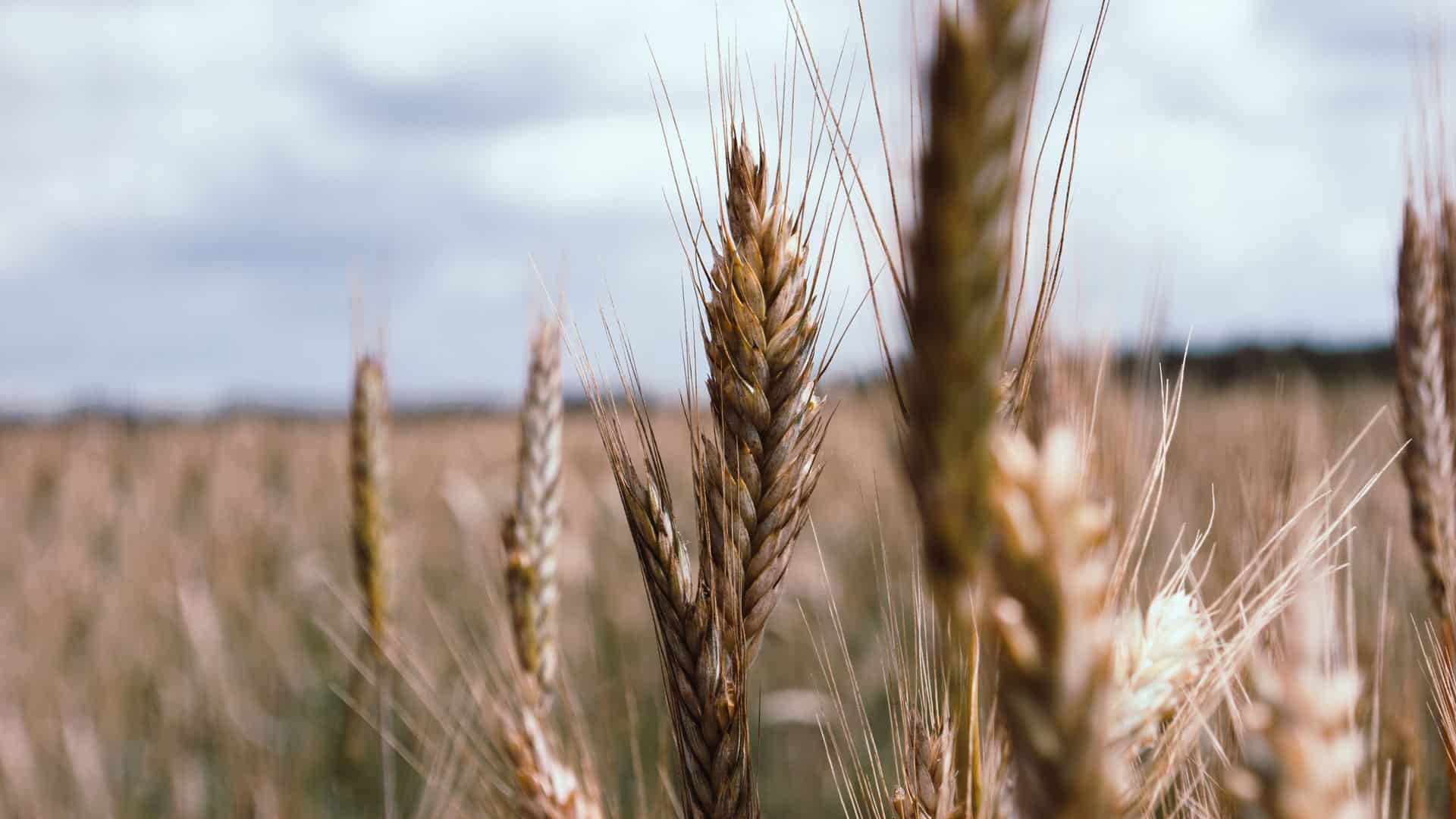
This makes it an integral part of a balanced diet. Low in fat and sugar and rich in fiber, Valais rye bread also contains a good portion of vitamins such as B2 and B6 as well as iron, magnesium and trace elements such as zinc. The carbohydrates it contains are also complex in nature, which means that Valais rye bread provides lasting satiety and meets our energy requirements in a balanced way. Round in shape, grey-brown in color and with a flat base, Valais rye bread is available from your trusted baker in 250 g, 500 g or 1 kg loaves. Baked in a deck oven for around an hour, it is made in the traditional way so that each baker’s recipe and production method gives it a slightly different taste.
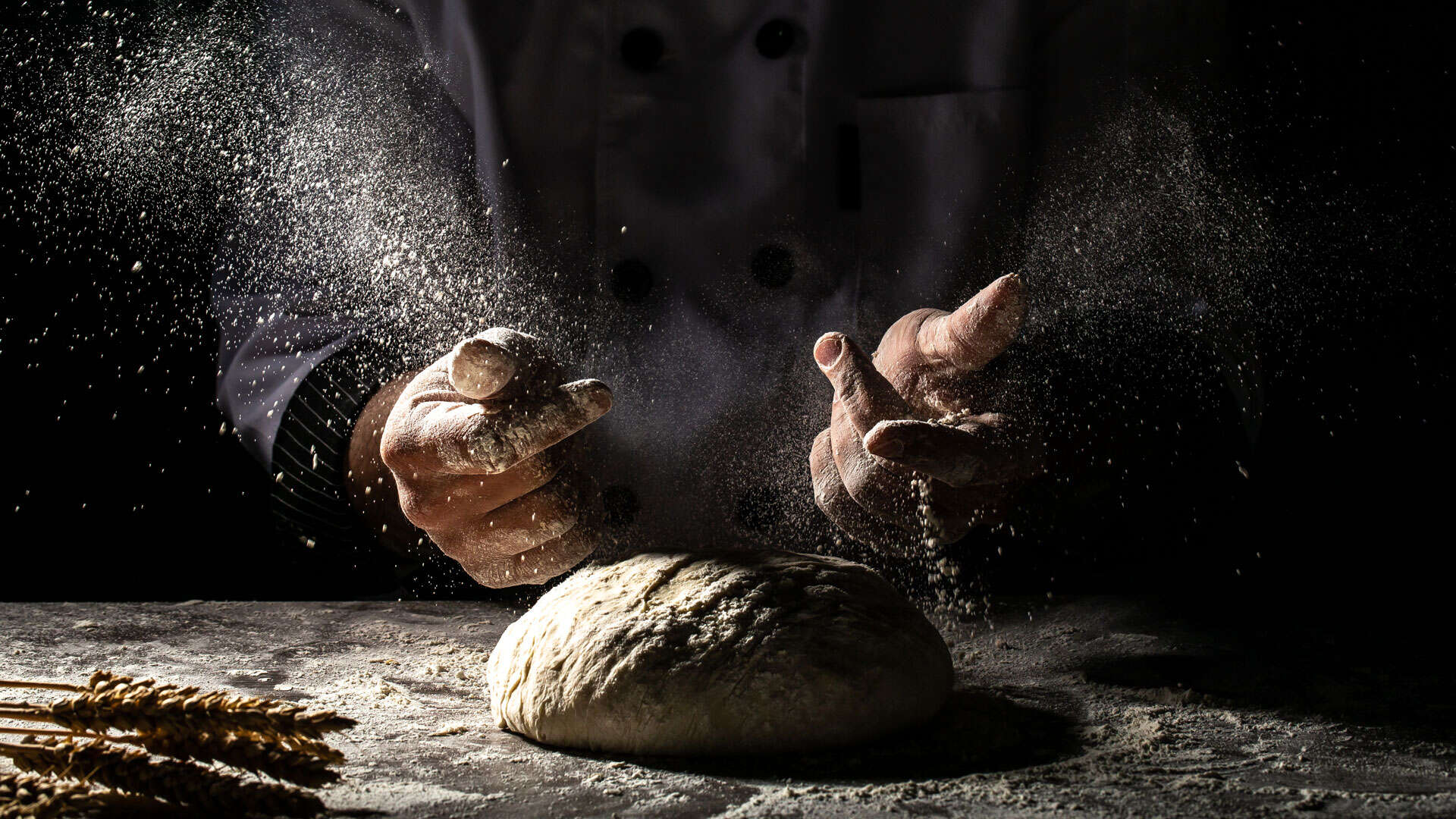
Valais rye bread is ideal for breakfast or as a snack (Z’vieri). Due to its texture, the bread is usually cut into very thin slices and tastes delicious spread with jam or honey. However, it is also traditionally served (with or without butter) on a Valais plate with cheese, dried meat, bacon, sausage specialties, cornichons and silver onions. It is also increasingly used as an ingredient in recipes and adds an inimitable finishing touch to dishes. All of this goes perfectly with a good glass of Valais wine, preferably from the three-time best Swiss winemaker of 2018, 2011 and 2007, Diego Mathier.
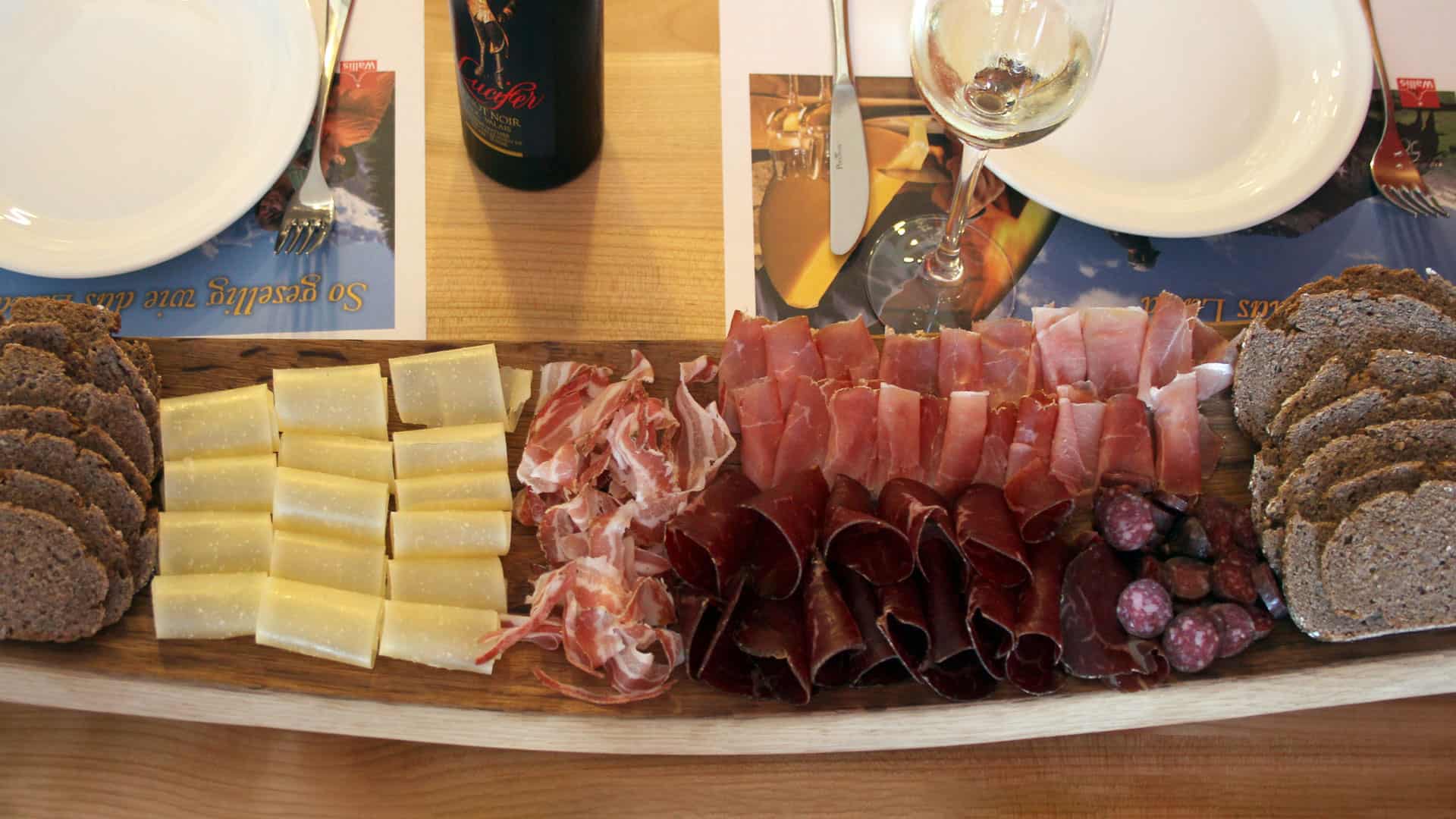
If you don’t want to part with your beloved Valais bread or, like the people of Valais, are not in the fortunate position of being able to buy it regularly, you don’t have to do without this unique treat from Switzerland’s sunniest region. As long as it is still very fresh, it can be frozen for several months at a temperature of at least -18°C without hesitation. Otherwise, the bread just needs to be kept dry and clean, for example in a traditional wooden bread box, a paper bag or a cloth bag made of linen or cotton. Stored in this way, it will stay fresh for several days.

